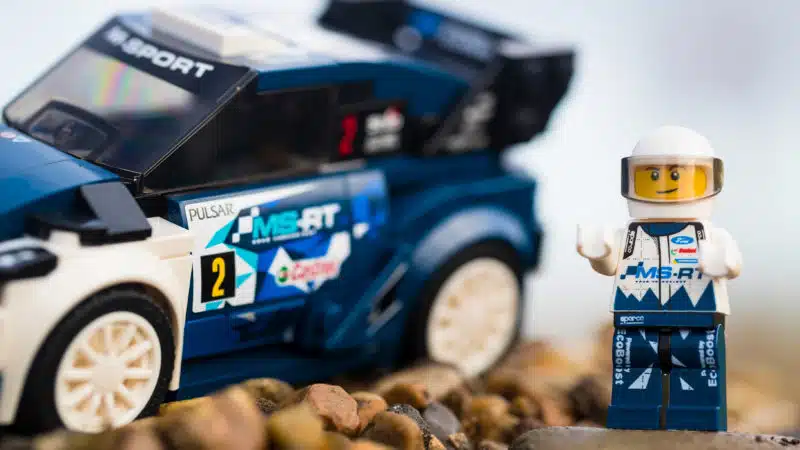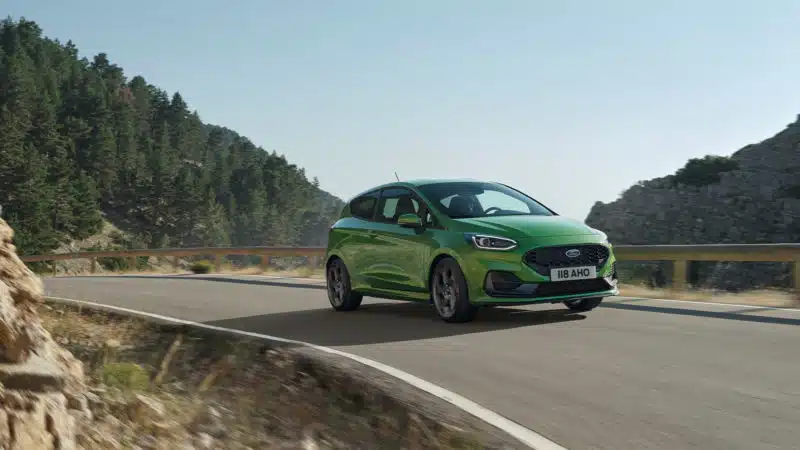For a very long time that didn’t matter very much because the sales volumes were so high even a small amount of profit on a very large number of cars made sense. But in 2019, the last pre-Covid full year of sales, Ford shifted around 365,000 Fiestas, which may sound a lot, until you compare it to the 625,000 it sold ten years previously. Today the Fiesta makes so little money, Ford generates more profit licensing Lego. Literally.
What has the Fiesta done so wrong to account for such a calamitous drop off in sales? Absolutely nothing. It remains the finest car of its kind, and by a distance. All that’s happened is that the sector in which it resides, like those that include the Focus, S-Max and Galaxy, has been shrinking at an alarming rate, because people who buy new cars today want to be seen in a crossover SUV.
In addition, Ford has a very particular problem with the Fiesta insofar as it needs the Cologne factory in which it’s built for the electric vehicles it will produce in a joint venture with Volkswagen. So faced with canning a cheap old car whose technology is already doomed or an expensive new one powered by the fuel of the future, what would you do?
But the truth is that Ford has also been running down production of the Fiesta in recent times not simply because there’s little or no money in it, but also because the shortage of computer chips means that Ford has decided to allocate its limited supply to cars that return the most profit, and in that regard it’s very little different to any other manufacturer in the world. So if you’re wondering where your base-spec Skoda had got to while your wealthy neighbours got their brand new Bentley in a few weeks, that probably has more than a little to do with it.

Lego is more lucrative than the Fiesta with its wafer-thin profit margins
The sad truth is that the Fiesta’s days were always likely to be numbered, even without the chip crisis, the factory dilemma, the shrinking sector and so on, because it’s hard indeed to see a place for any small, affordable car in the future, unless intended for purely urban or local use. Because as we all know the sales of petrol powered cars is not far from being banned in many parts of the world, our own included, with hybrids outlawed not long after that. And as things stand, it’s simply not possible even to engineer a small, all purpose car like a Fiesta with a decent electric range, let alone get it to market at a price a new Fiesta buyer is able to pay.
And even Fiestas aren’t cheap any more, the range starting at £18,655, though that does buy you a model with a mild hybrid drive attached. But what about the electric opposition? Well there’s an electric Corsa, but Vauxhall wants over £31,000 for it, and while its claimed range in 217 miles, if it’s cold, or dark, your journey is hilly or on the motorway or any combination of the above, I’ll bet your nerve won’t last much past 150 miles. A Fiat 500e is similar: over £30,000 to buy, under 200 miles of official (and therefore unrealisable) range. Or you could go complete mad and spend twice as much as Ford wants for the Fiesta on a Honda e and be doing well to scrape more than 110 miles from a charge.



